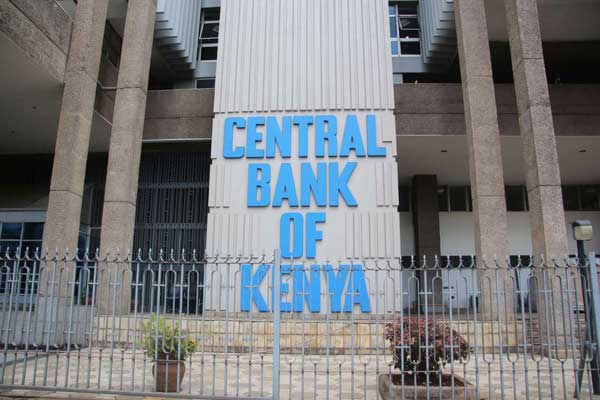

Kenya
has embarked on the first-ever Remittances Household Survey (RHS) to gauge
the social and economic impact of billions of shillings sent back home by citizens
living and working abroad.
The
survey to be conducted by the Central Bank of Kenya (CBK) in conjunction with
the Kenya National Bureau of Statistics
(KNBS), and the Financial Sector Deepening Kenya (FSD Kenya) comes at a
time when diaspora remittances is now the biggest foreign exchange earner for the country, way
ahead of agricultural exports and tourism earnings.
According to CBK, Remittance inflows
have increased in recent years, reaching a record Sh666.7 billion, estimated at
four per cent of Kenya’s GDP. This surpassed the previous record of Sh586.0
billion in 2023.
With
remittance transactions growing in importance, the banking regulator says it is
imperative that accurate and comprehensive data is collected on remittance
flows.
“The
2025 RHS therefore represents a major step towards improved data on remittances
and will collect valuable information on the amount, uses, cost and the
challenges that will inform policy formulation, including those related to
supporting the remittance flows.”
The
Survey will be conducted between now and September 2025, with field researchers
expected to visit selected households that have received or sent remittances.
“Given
the importance of this exercise, we appeal to the selected households to
cooperate and support the survey field staff.”
The
survey is coming at a time when various reports show that most funds sent home by
Kenyans working abroad are used to meet immediate household needs, with little saving for
investment.
A
Diaspora Remittance Mapping in Kenya conducted by Pangea in 2021 shows food,
medical expenses and school fees took up to 50 per cent of over half a billion
shillings sent to the country last year.
This
is, however, an improvement compared to five years ago, when up to 75 per cent
of diaspora remittances were used to settle household needs.
The
survey sampled 157 respondents from 27 countries where Kenyan citizens work and
shows a growing appetite for investment opportunities in Africa from the
diaspora.
According
to the study,14 per cent of adult Kenyans regularly receive, on average, Sh58,800 ($735) in remittances from abroad annually.
Source
markets for remittances have, on average, maintained the same share, with North
America contributing 58 per cent and Europe 26 per cent of total remittances to
Kenya, with the United Arab Emirates emerging as another frontier.
According
to Pangea, most of the current diaspora investments are nearly
evenly split between personal businesses (31 per cent), family members’
businesses (28 per cent), and investments in the money markets (29 per cent),
with very few direct investments into other local businesses (12 per cent).
The chairperson of Kenya Diaspora
Alliance, Shem Ochuodo, says that the current investment decisions
are largely driven by the availability of information on what investment
opportunities exist and, importantly, by the level of knowledge on how to choose
the most optimal investment options.
He said this last year at the 11th edition of the
Kenya Diaspora Homecoming Convention, a premier event that gathers Kenyans from
across the globe to engage in dialogue and activities aimed at advancing
Kenya’s development and prosperity.
In a
recent interview with the Star, Amara Realty founder Jane Baiyu spoke to the
growing appetite among diaspora citizens to invest in the country’s real estate.
Baiyu,
whose firm launched
the second phase of its Oint Country Homes project in Thika, said that most of
her clients live and work in the US, which accounts for over 50 per cent of
Kenya’s diaspora remittances.
There were plans by the government to initiate a diaspora bond. The launch of the DhowCDS platform is a step in the right direction. However, the government must come up with more policies and incentives to ensure remittances are repatriated into the right investments to optimally grow the country’s economy.














